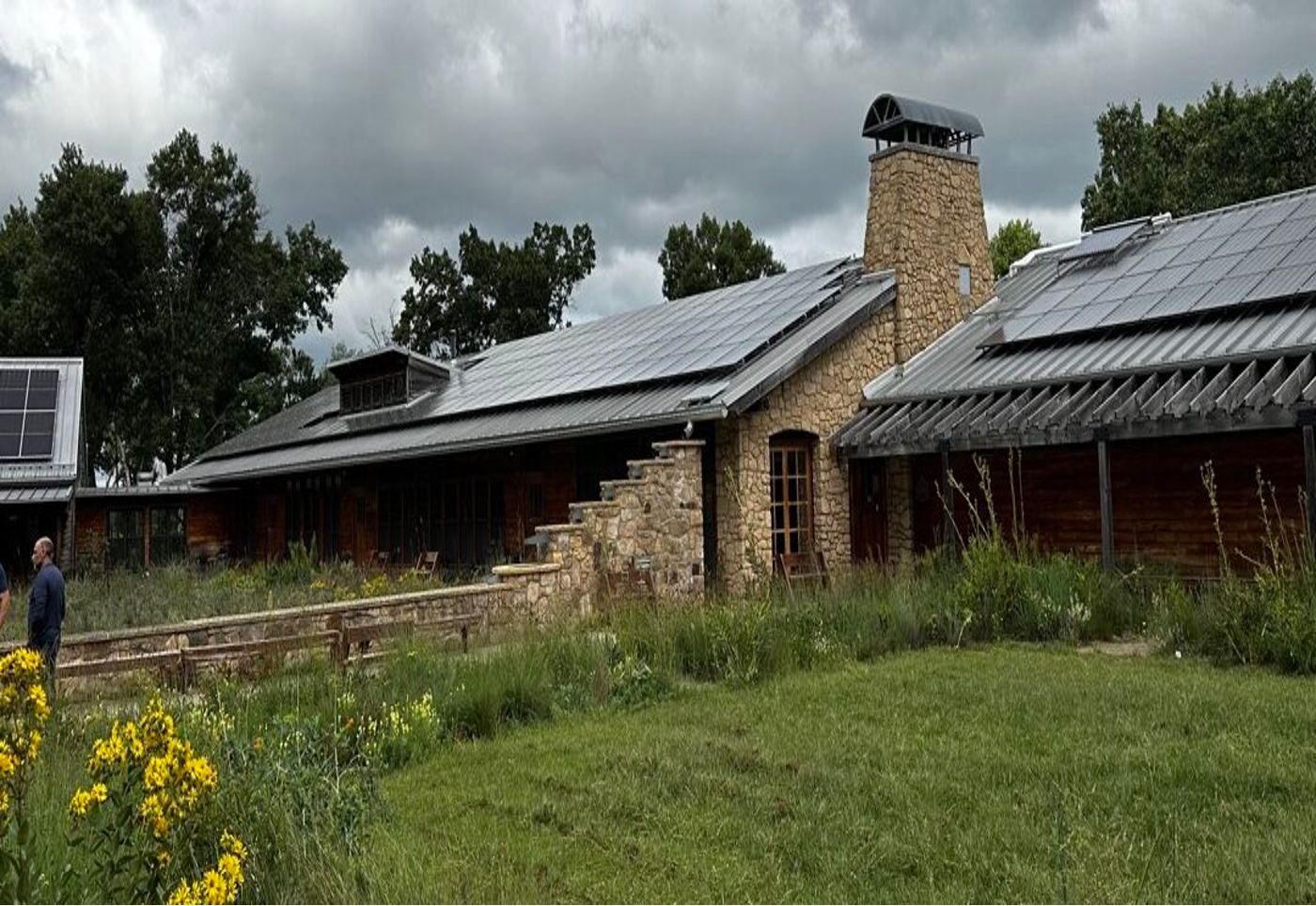Year Lookback
Jobs and Environmental Benefits
Utility-scale projects created over 2,500 jobs during construction and will reduce millions of tons of carbon emissions. Plans include more support for clean energy, with a target of over 3,800 MW of renewable capacity.
Wisconsin’s Solar for All program aims to help more homes in the state. It uses grant money to support about 15,000 homes to install solar pv systems.

Image courtesy of Renew Wisconsin
Growth in Solar Capacity
Wisconsin has seen significant growth in installed solar capacity, currently at 1,251 MW. This has improved the state’s national ranking in solar developments from 31st nationally, to 21st.
Record Growth in Installations
The U.S. solar sector is expected to install a record 32 GW of large-scale solar capacity in 2024. This growth is due to policies like the anti-circumvention tariff standstill. Strong demand from utilities and commercial buildings is also growing year over year.

Image courtesy of SEIA
Utility-Scale Solar Projects
Several large solar pv projects will start operating in 2024. They will provide a total of 650 MW of power. This is enough to supply over 123,000 homes, or equal to 28,783 gallons of gasoline.
These include the Darien Solar Energy Center, Paris Solar Park, and Grant County Solar Project. Upcoming projects like Koshkonong and High Noon Solar Energy Centers will also feature energy storage components.
Manufacturing Milestones
The U.S. resumed solar cell production for the first time since 2019, with 9.3 GW of new solar module manufacturing capacity added in Q3 2024.
The total solar panel manufacturing capacity is now close to 40 GW. This helps the U.S. meet its own demand and rely less on imports.
Utility-Scale Solar Leadership
Texas is the top state for solar power deployment, adding 2.4 GW of capacity in Q3 2024. Wisconsin ranks 18th nationally in United States solar use.

Arch Electric‘s utility-scale Peebles site in Marion, IL will produce 5.9MW of DC Power
Community and commercial solar markets are also growing, with significant year-over-year increases in installations.
Policy
Federal Policy Impact
The Inflation Reduction Act (IRA) remains a driving force for investment in solar manufacturing and installation. The program’s federal tax credits and incentives have drawn private revenue, created jobs in the renewable energy sector, and reinforced the domestic supply chain.

Image courtesy of CleanTechnica
Federal Solar Grant
Wisconsin received $62.4 million from the Biden-Harris’ Solar for All initiative, funded by the Inflation Reduction Act. The initiative supports solar installations for low- and moderate-income households. It helps reduce energy bills and promotes renewable energy sources. The Solar for All program will allocate funding for residential rooftop, multi-family, and community solar projects.
Looking Forward
Focus on Equity
Efforts are being made to provide solar energy to vulnerable communities, both nationally and in Wisconsin. This will lower energy costs for many households. It will also create new solar construction jobs and reduce dependence on grid energy. Additionally, it supports environmental sustainability.
YouthBuild Lake County in Chicago is an excellent example of this. The program places youth in trade jobs such as solar array installation on commercial and residential projects. Focusing on offering pre-apprentice programs to youth puts renewable energy installation in a unique position for industry growth.

Image courtesy of Chicago Tribune
Challenges and Future Outlook
The solar industry has challenges like supply chain issues and labor shortages. However, it is still expected to grow by 4% each year for the next five years. By 2029, experts expect total U.S. solar capacity to exceed 450 GW, enough to power over 71 million homes!